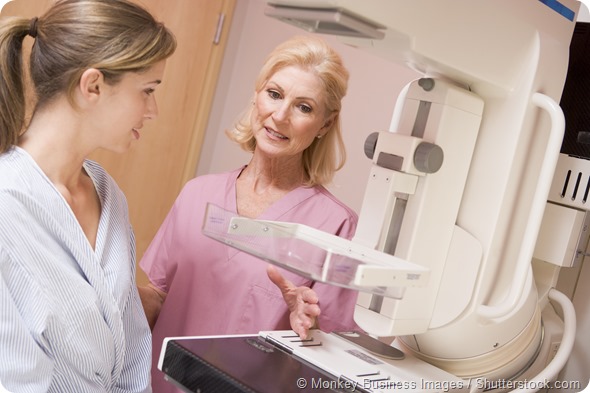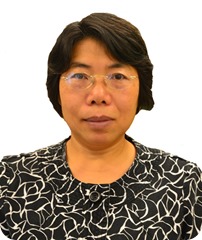How much evidence is there to suggest that women with denser breast tissue have an increased risk of breast cancer?
Breast is composed of fatty and dense glandular and fibrous tissues. Breast density is expressed as the fraction of a mammogram occupied by dense tissues.
More than 40 studies have assessed the associations between breast cancer and breast density and the majority reported 2- to 6-fold increased risks for the highest breast density, compared to the lowest.

In what ways are some of the studies that link breast density to breast cancer risk limited?
As Dr. Daniel B. Kopans, a radiologist specializing in mammography and other forms of breast imaging in Massachusetts General Hospital, pointed out, it is not possible to determine the 3D volume ratio of dense to fatty tissue from a single 2D mammographic image. In other words, breast density cannot be reliably measured by 2D mammograms.
Please can you outline your recent research that aimed to confirm whether breast density is an independent risk factor for breast cancer?
We used 3D MRI breast images to assess breast density. We used the thickness of the upper abdominal adipose layer as a marker for body fatness.
We investigated the association between breast cancer and breast density, age, and body fatness; using 410 patients with unilateral invasive breast cancer, 73 patients with ductal carcinoma in situ, and 361 patients without breast cancer.
What did your research show?
Breast density decreased as women aged and gained weight. High breast density (dense breast) was only observed in young or lean women.
We observed a positive and significant association between invasive breast cancer and age as well as body fatness, but the association between breast cancer and high breast density was weak and insignificant.
Were you surprised by the insignificant correlation between breast cancer and breast density? How do you think this finding can be explained?
I wasn’t surprised at the insignificant correlation between breast cancer and breast density due to the strong correlation between breast cancer and age as well as obesity.
Older and obese women are known to have fatty breast. This finding suggests that dense breast alone may not be a breast cancer risk factor.

What impact do you think this research will have on women with dense breasts?
The only clinical classification of mammographic density in the U.S. is BI-RADS® (Breast Imaging Reporting and Data System), which was developed by the American College of Radiology to communicate how likely a tumour is obscured by dense breast tissue.
High breast density is the main cause of false-negative mammogram screening, but our results do not support the notation that high breast density alone is a breast cancer risk factor.
What are your further research plans?
Breast density decreases as women age and accumulate more fatty tissue. There is no scientific evidence to demonstrate that a 50 year old lean woman with extremely dense breast has a higher breast cancer risk than a 50 year old obese women with fatty breast.
We need to put breast density in the context of age and body fatness so that we can identify what is considered “dense breast” for a woman of certain age and body fatness. This will allow us to evaluate the true breast cancer risk associated with breast density at a given age and body fatness.
Our next goal is to develop a simple quantitative tool to predict breast cancer risk using age, body fatness, and breast cancer altogether.
Where can readers find more information?
(2013) American College of Radiology BI-RADS® ATLAS — MAMMOGRAPHY 5th Edition.
Breast Cancer Mammograms fact sheet
About Dr Wenlian Zhu
Wenlian Zhu, PhD, is a research associate in the Division of Cancer Imaging Research, Department of Radiology in the Johns Hopkins University School of Medicine. Her recent research covers preclinical targeted breast MRI imaging, preclinical evaluation of antiangiogenic therapy, and clinical breast MRI analysis.